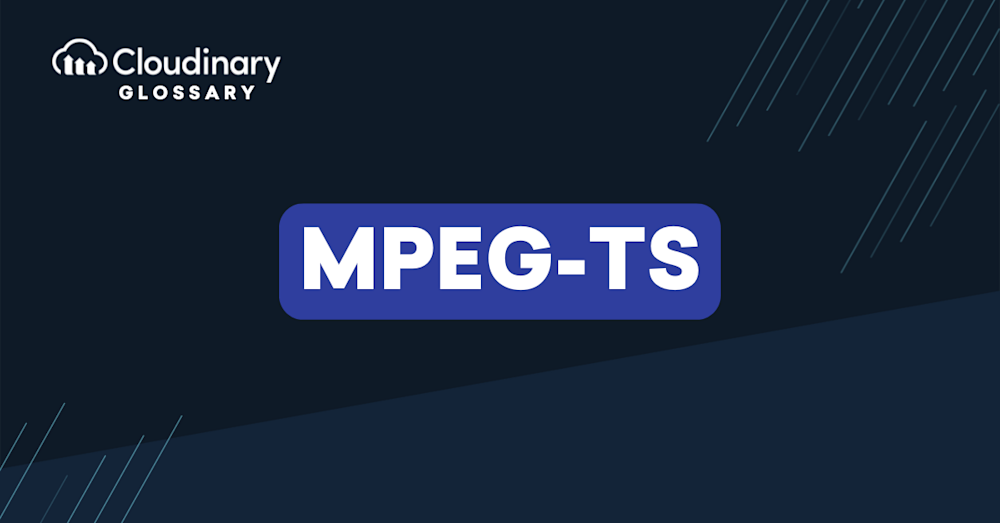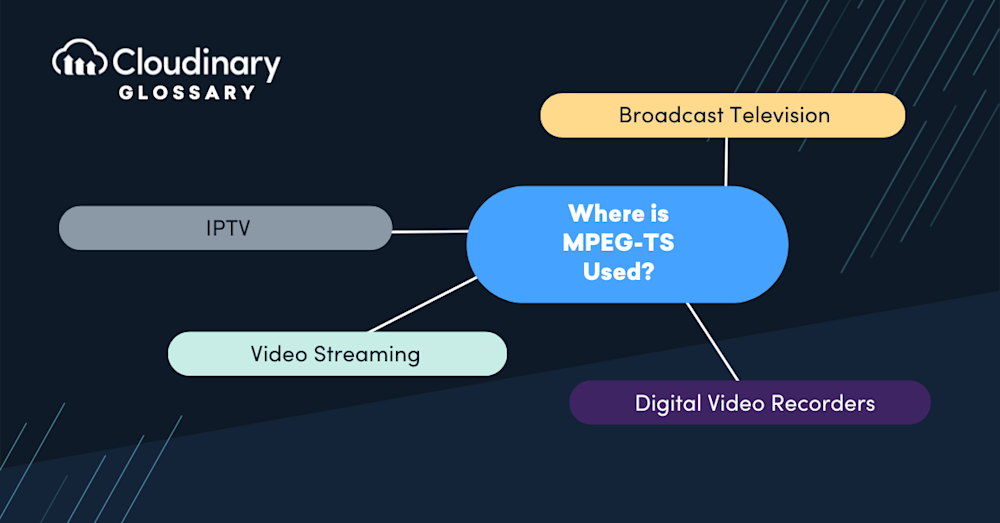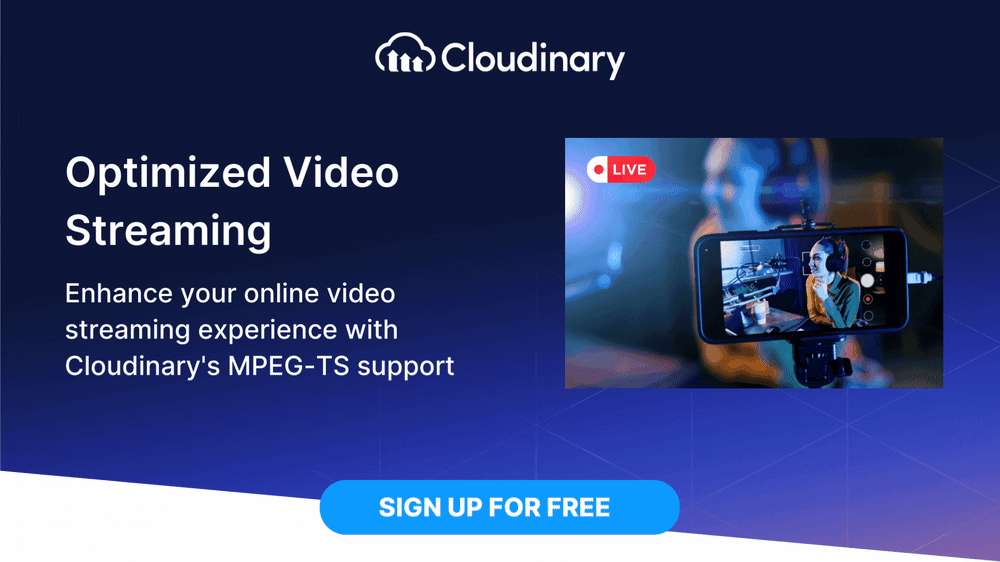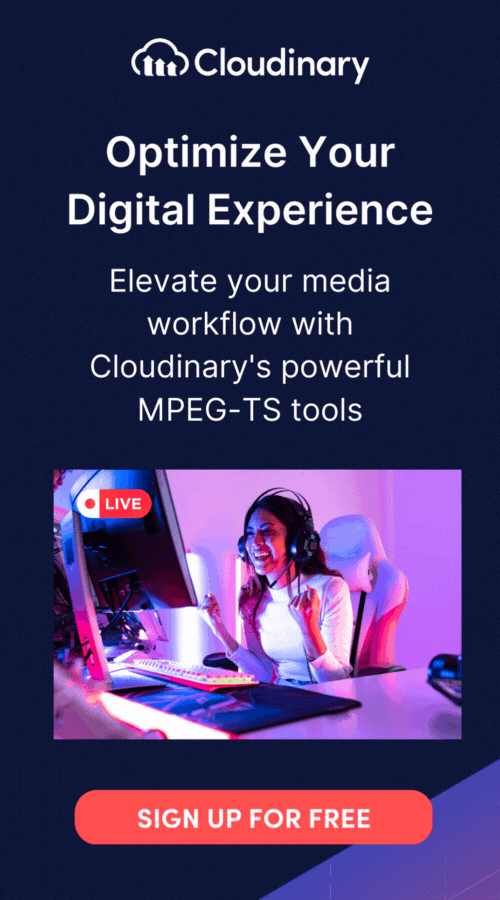What is MPEG-TS?
MPEG-TS (MPEG Transport Stream) is a digital container format used for transmitting video, audio, and data. It’s a standard designed to broadcast media over systems that might be unreliable, such as the internet, digital television broadcasts, or direct satellite links. What sets MPEG-TS apart is its ability to maintain the integrity and quality of streaming content even in the face of packet loss or network congestion. This makes it an ideal choice for live streaming events, broadcasting TV channels, and other applications where a stable and continuous stream is essential.
At its core, MPEG-TS works by encapsulating the media data into small packets, each equipped with a header that provides critical information such as timing, sequence, and synchronization. This structure allows receivers to reassemble the stream correctly, ensuring viewers have a smooth and uninterrupted experience. Additionally, it supports multiple programs in a single stream, meaning that channels or different types of data (like audio and telemetry) can be bundled together efficiently.
See more information about TS files here!
Where is MPEG-TS Used?
MPEG-TS is used in various domains where efficient transmission and delivery of multimedia content are crucial. Some common areas where MPEG-TS finds its application include:
- Broadcast Television – MPEG-TS is widely used for transmitting television signals over airwaves or via cable and satellite networks. It allows broadcasters to efficiently transmit high-quality audio and video content to millions of viewers simultaneously.
- IPTV (Internet Protocol Television) – MPEG-TS is a fundamental component in IPTV services where television content is delivered over IP networks. By using MPEG-TS, providers can efficiently and reliably deliver multimedia content to viewers’ devices, such as televisions, smartphones, and tablets.
- Video Streaming – MPEG-TS is a popular format for streaming video content online. Services like live streaming, video-on-demand platforms, and video sharing websites often use MPEG-TS to encode and transmit video data, ensuring smooth playback and efficient delivery.
- Digital Video Recorders (DVRs) – MPEG-TS is commonly used in DVR systems for recording and storing television broadcasts. Users can easily access and replay recorded programs with high-quality audio and video by capturing and storing content in MPEG-TS format.
The Benefits and Drawbacks of MPEG-TS
MPEG-TS has positioned itself as a cornerstone of digital broadcasting and streaming, valued for its ability to deliver high-quality media content under varied network conditions. However, like any technology, it comes with its own set of advantages and challenges.
Pros:
- Resilience to Network Issues – Its packet-based structure allows it to cope better with packet loss or network congestion, ensuring a smoother viewer experience.
- Synchronization – MPEG-TS excels in maintaining synchronization between audio, video, and other data streams, crucial for live broadcasts.
- Multiplexing – It supports multiple programs in a single stream, optimizing bandwidth and making it possible to bundle various types of content together.
- Compatibility – Widely supported by broadcasting hardware and software, making it a go-to choice for many developers and media professionals.
Cons:
- Complexity – Setting up and managing MPEG-TS streams can be technologically demanding, requiring a good grasp of the underlying principles.
- Overhead – Due to its error correction features and packet headers, MPEG-TS can have a higher overhead compared to other streaming protocols, potentially using more bandwidth.
- Latency – The extra processing required for ensuring integrity and synchronization can introduce latency, which might be a drawback for real-time interactions.
Final Thoughts
MPEG-TS offers a comprehensive solution for streaming and digital broadcasting, especially in environments where network reliability may be a challenge. It provides a robust framework that ensures the integrity and quality of content, with features designed to maintain synchronization, support multiplexing, and promote compatibility.
At the same time, potential downsides like complexity, bandwidth overhead, and latency are considerations to keep in mind as you decide on the best choice for your projects. Yet, no matter the choice of format, the key to successful content delivery lies in efficient handling and management of your media streams.
As a leading end-to-end media management platform, Cloudinary offers a robust suite of tools to optimize your media workflow, from encoding media to managing and delivering videos at scale. Whether you’re working with MPEG-TS, exploring other streaming protocols, or need help figuring out the right path forward, Cloudinary is ready to assist.
Take your digital experience to the next level with Cloudinary’s powerful media optimization tools. Sign up for free today!
Additional Resources You May Find Useful:





